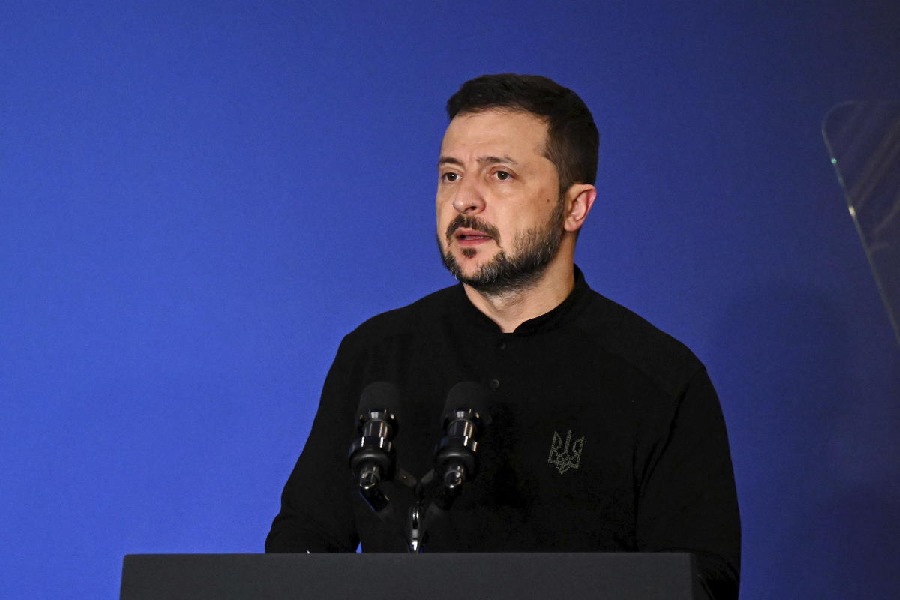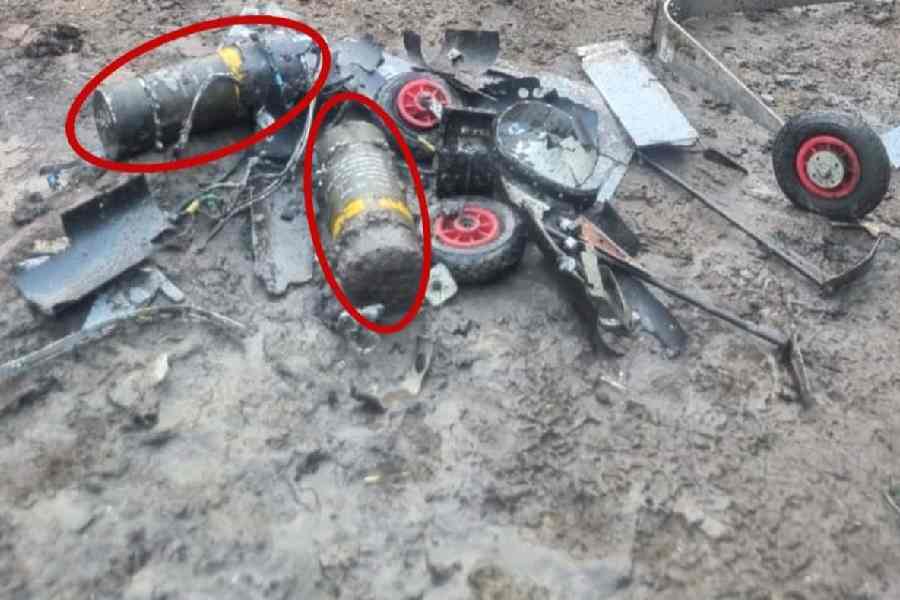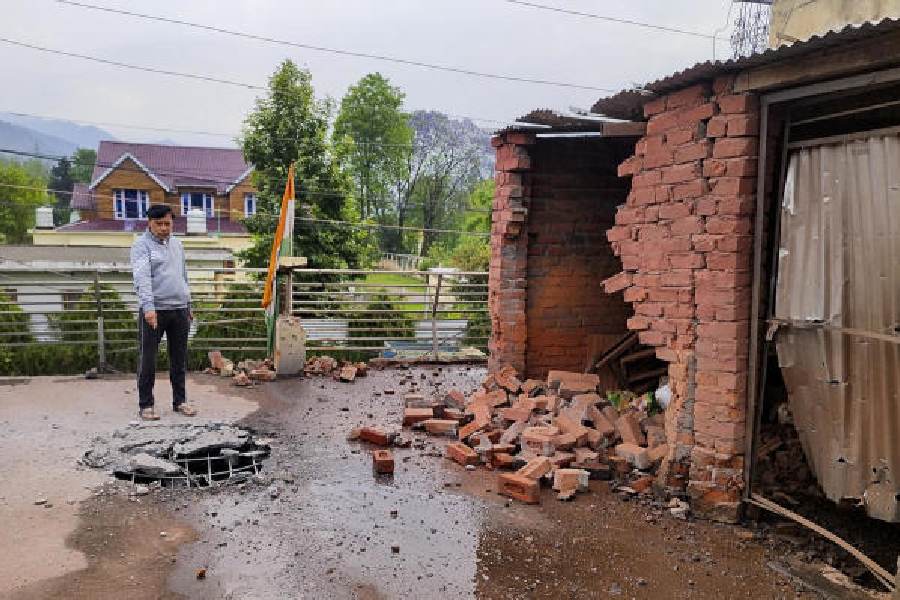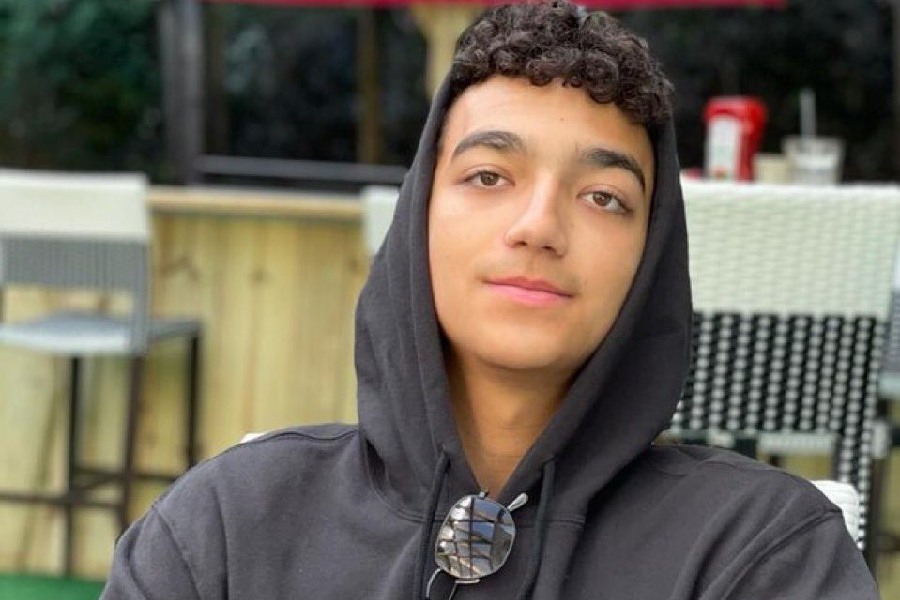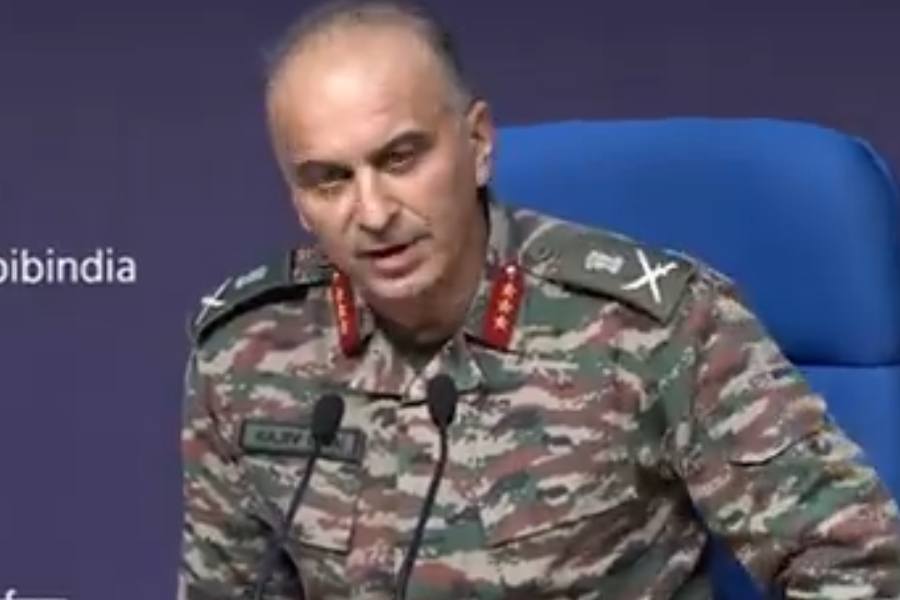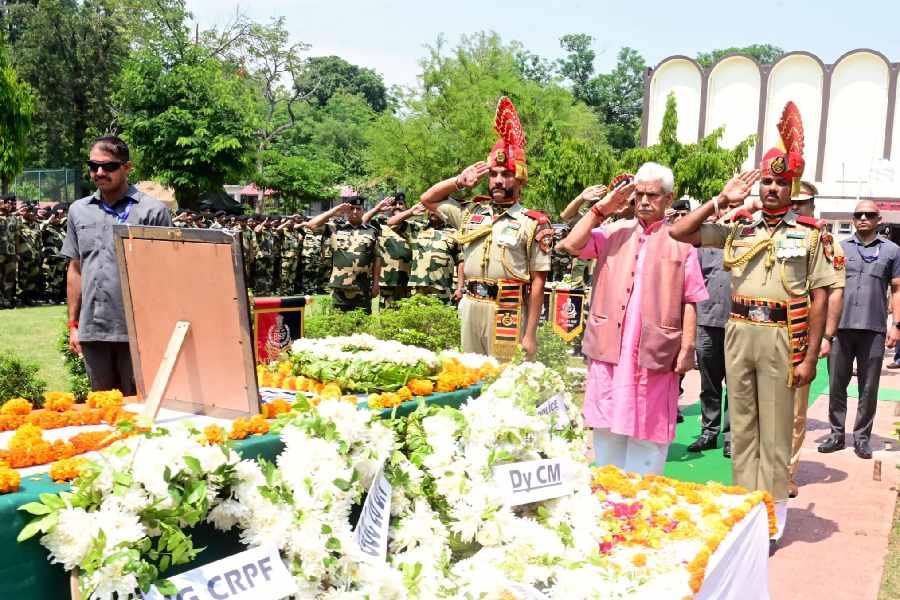 |
| The infants at the IVF & Infertility Research Centre. Picture by Prashant Mitra |
Ranchi, Aug. 8: After 12 years, the prayers of Sandhya Sharma and her husband Anil Kumar Sharma (names changed on request) have been answered. The couple is the proud parents of twins thanks to the efforts of doctors at the IVF & Infertility Research Centre here.
Their joy had no bounds as they were showered with two children, both girls, two days ago, the first test tube twins in Jharkhand. Both the infants and their mother are doing fine and will be discharged soon.
Jharkhand now has seven test tube babies. The first was born on December 14 last year. The centre is the only place in the state which offers facilities of having test tube babies.
“The couples had been trying for a child for over 12 years. As usual, they underwent treatment from many gynaecologists but failed. Nine months ago, they approached us. We examined their sperm and eggs. There was some problem with the eggs,” said J. Bhattacharya, gynaecologist and director of the IVF & Infertility Research Centre.
As there was some problem with the eggs, fertilisation was not taking place. “In such cases we go in for In Vitro Fertilisation (IVF). In this technique, egg is taken out from the mother and fertilised with the sperm. It is kept in a test tube for 48 hours. The fertilised egg is then transplanted to mother’s uterus,” said Bhattacharya. In a separate case, another couple gave birth to a test tube baby, again a girl, at the centre today, through a different technique called Intra Cytoplasmic Sperm Injection (ICSI). The couple, in their 20s, are residents of Daltonganj.
“The ICSI technique is applied when there is a problem with the sperm. In this, we take out the sperm from a process called TESE. Egg is developed within the mother’s body with the help of medicine. One sperm is taken out from the testes and is injected into the egg for fertilisation. After that, the same process is repeated as in the IVF technique,” explained the doctor.
According to Bhattacharya, three to four embryos are transplanted into a mother’s uterus to maximise the chances of birth. As a result, there are (14 per cent) chances of twins. In three per cent of cases, triplets are also born. However, in 70 per cent of cases, a single child is born.
However, with the advancement of medical science, now it is possible to transplant only one to two embryos into the uterus. This will significantly reduce the chances of twins and triplets. But we are yet to introduce this technique, Bhattacharya added. The cost of having a test tube baby is high. While the treatment comes at Rs 40,000, the medicines cost an additional Rs 50,000.


